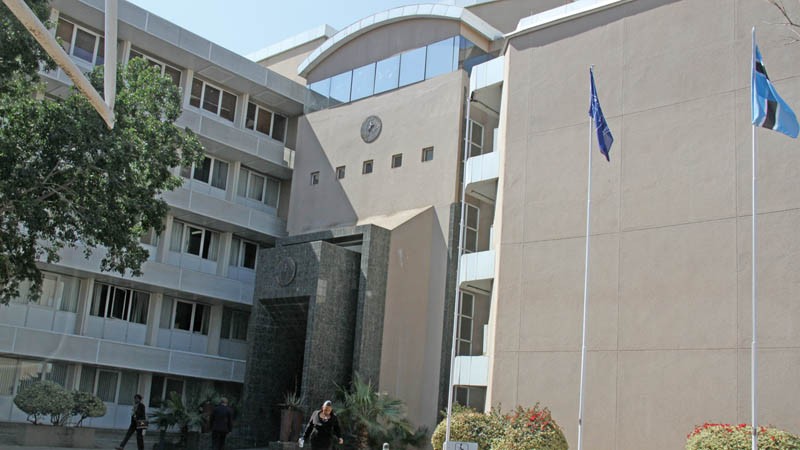Liquidity levels shoot as BoB rectifies data error
Brian Benza | Friday September 22, 2017 18:00


A bank’s liquidity refers to its ability to meet all anticipated obligations such as funding loans or debt payments using available funds without having to liquidate other assets.
The recently released Botswana Financial Statistics (BFS) report for July shows liquidity levels are now higher from previously published figures with numbers having been changed upwards from as far back as January 2016.
According to previously published figures, as at May 2017 the banks had P2.6 billion in excess liquid assets which is the amount that was, in principle, available for lending.
However, in practice, the banks would probably want to keep P1 billion of this for precautionary purposes, so maybe around P1.6 billion was immediately available for lending.
With the revision of data, the May excess liquidity figures have now jumped by P1.5 billion as the ‘other assets category’ has been revised from P237 million to P1.75 billion.
Reached for comment on the revision of the figures, which has wiped off the signs of a liquidity squeeze in the banking system, Bank of Botswana (BoB) said they have recently discovered a key variable had been omitted in the liquidity figures.
“The item ‘other liquid assets’ was revised backwards effective January 2016 to May 2017, following a recent discovery that repurchase agreements were omitted from the item over the period,” head of communication, Andrew Sesinyi said. Commonly known as REPO, repurchase agreements are a form of short-term borrowing for holders of government securities and are used to raise short-term capital usually overnight.
Experts have recently pointed out to an emerging trend where liquidity seems to be tightening in the banking sector largely due to a dearth in deposits growth.
Analysts believe there are increasing signs of strain in the banking system with some banks running out of funds to lend as tightening liquidity and a thin depositor base have pulled credit growth to a 20-year low.
Speaking at the official opening of Bank Gaborone’s Maun branch recently, BoB governor, Moses Pelaelo dismissed suggestions of a liquidity problem in the banking sector saying banks have liquidity totalling approximately P19 billion, inclusive of Bank of Botswana Certificates (BoBCs) and balances held abroad, both of which could be liquidated in case of need, with minimal capital loss, to finance any effective and viable demand for credit.
Asked if they were not concerned about previously publishing wrong figures of such a key variable for over 18 months, Sesinyi said data revisions are occasionally made as and when necessary. “Data accuracy is very important, but occasional revisions do occur. When revisions are necessary, they are made without delay and clearly indicated,” Sesinyi said.
The Board of the Bank of Botswana recently approved broadening the range of securities that are eligible for use by commercial banks as collateral when accessing credit facilities offered by the central bank.
The central bank now allows banks to use government securities, regardless of maturities as collateral saying the move will allow financial institutions to be able to manage liquid assets more efficiently, with less reliance on BoBCs for collateral.
